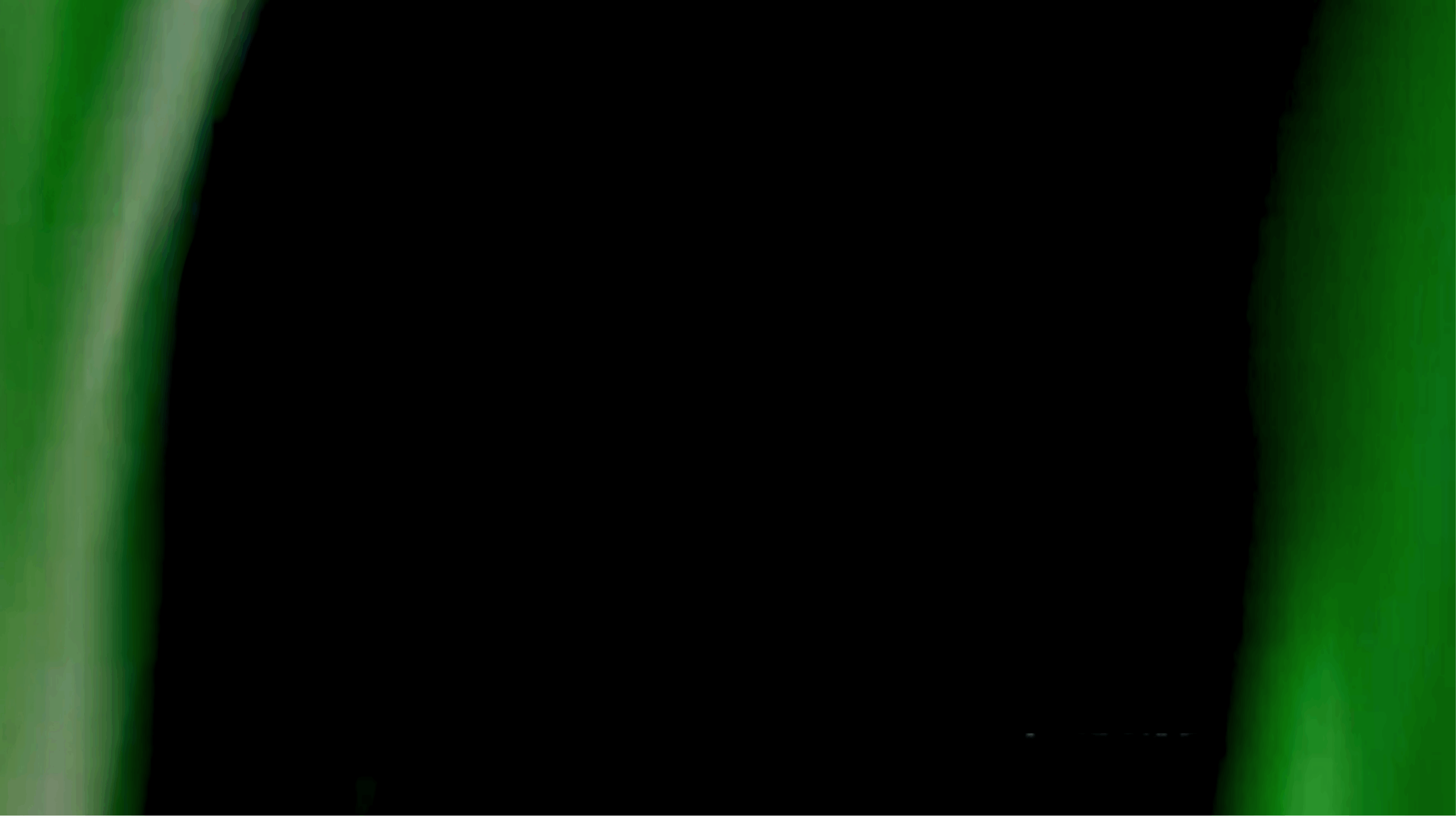

—— Motion Capture Specialists ——
—— Action Specialists ——
bring the vision to life
Welcome to Captivate
Captivate Action are leading specialists in creating and teaching action for stage, screen and performance capture. We are experts in dramatic combat, movement and physical performance, and collaboratively tailor our work to the needs of each project to bring textured stories to life.
Captivate is directed by acclaimed fight director and movement director Lyndall Grant, and works across Australia and the U.K.
How can we help?
We have a range of industry services on offer for productions, training institutions and individual performers. If what you’re looking for isn’t obvious please get in touch and we’ll help you out.
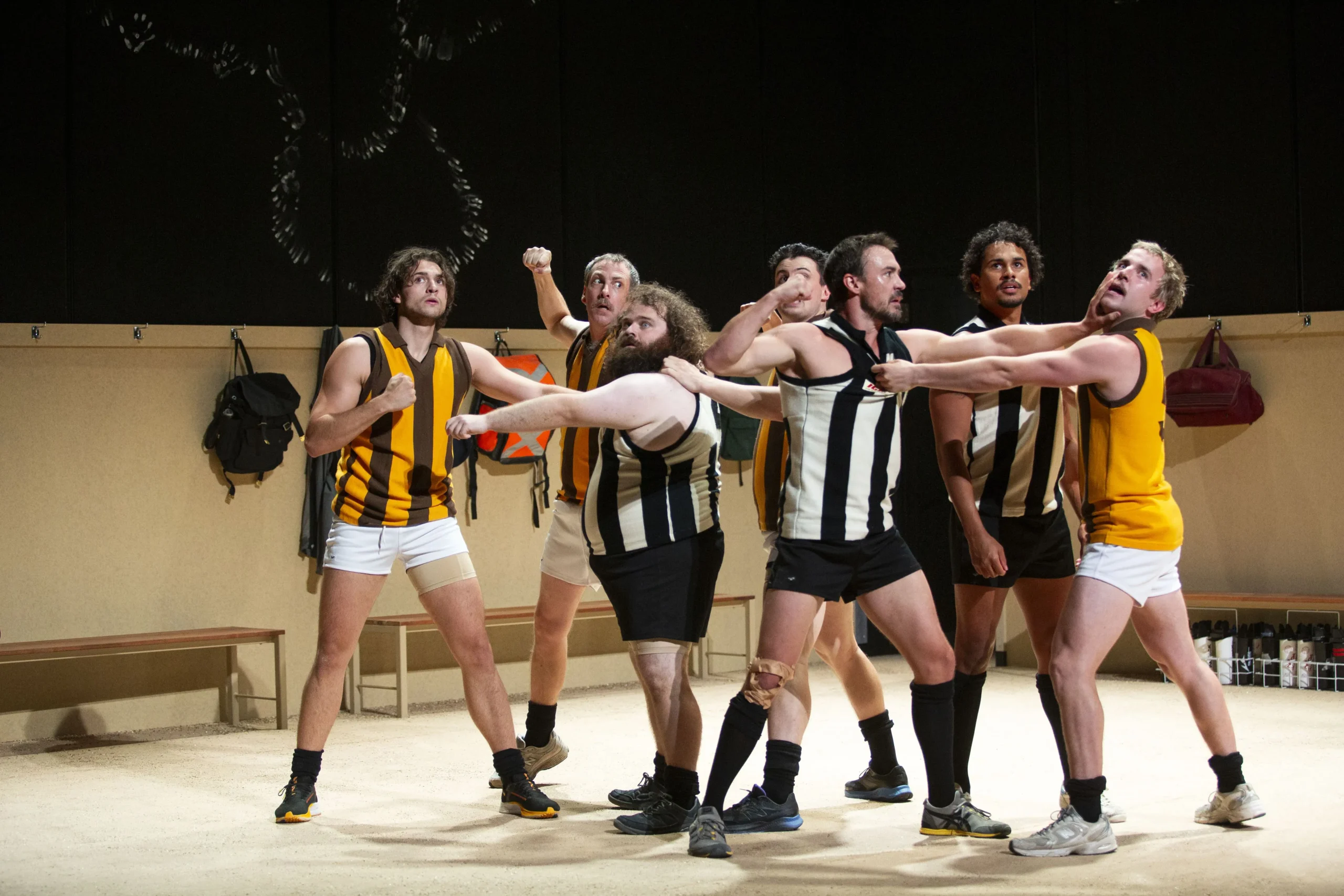
Production Services
We provide fight directors, movement directors, performers and training to theatre, film and performance capture.
Chat to us about what you need, and we tailor our services to suit your project.
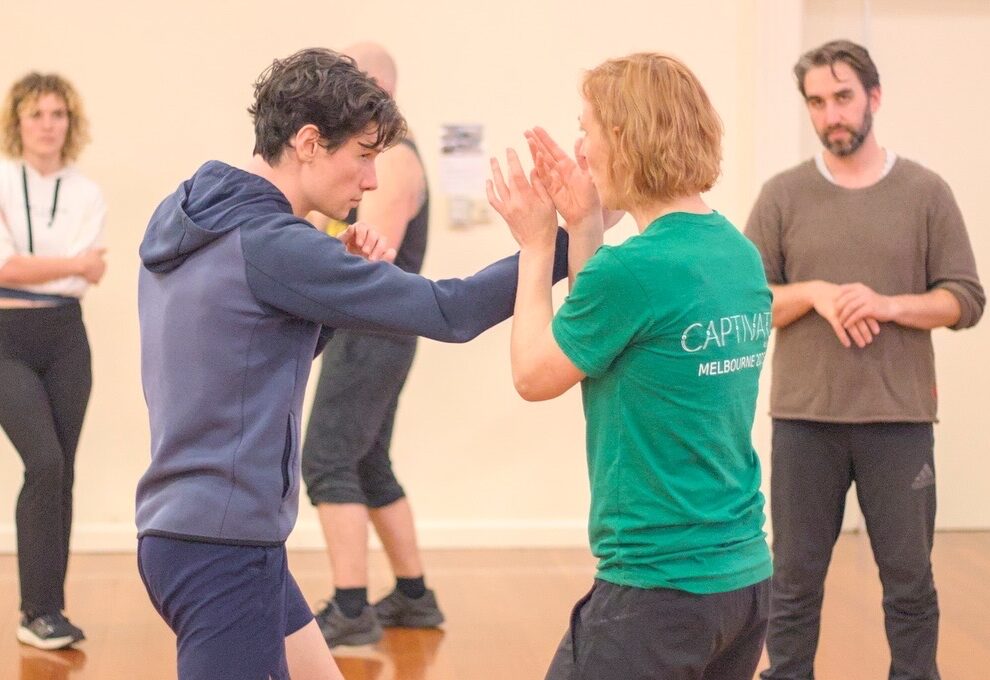
Training and Workshops
Captivate runs a range of workshops, weekly evening classes, weekend workshops and intensive courses.
We also provide training to educational institutions and theatre organisations.
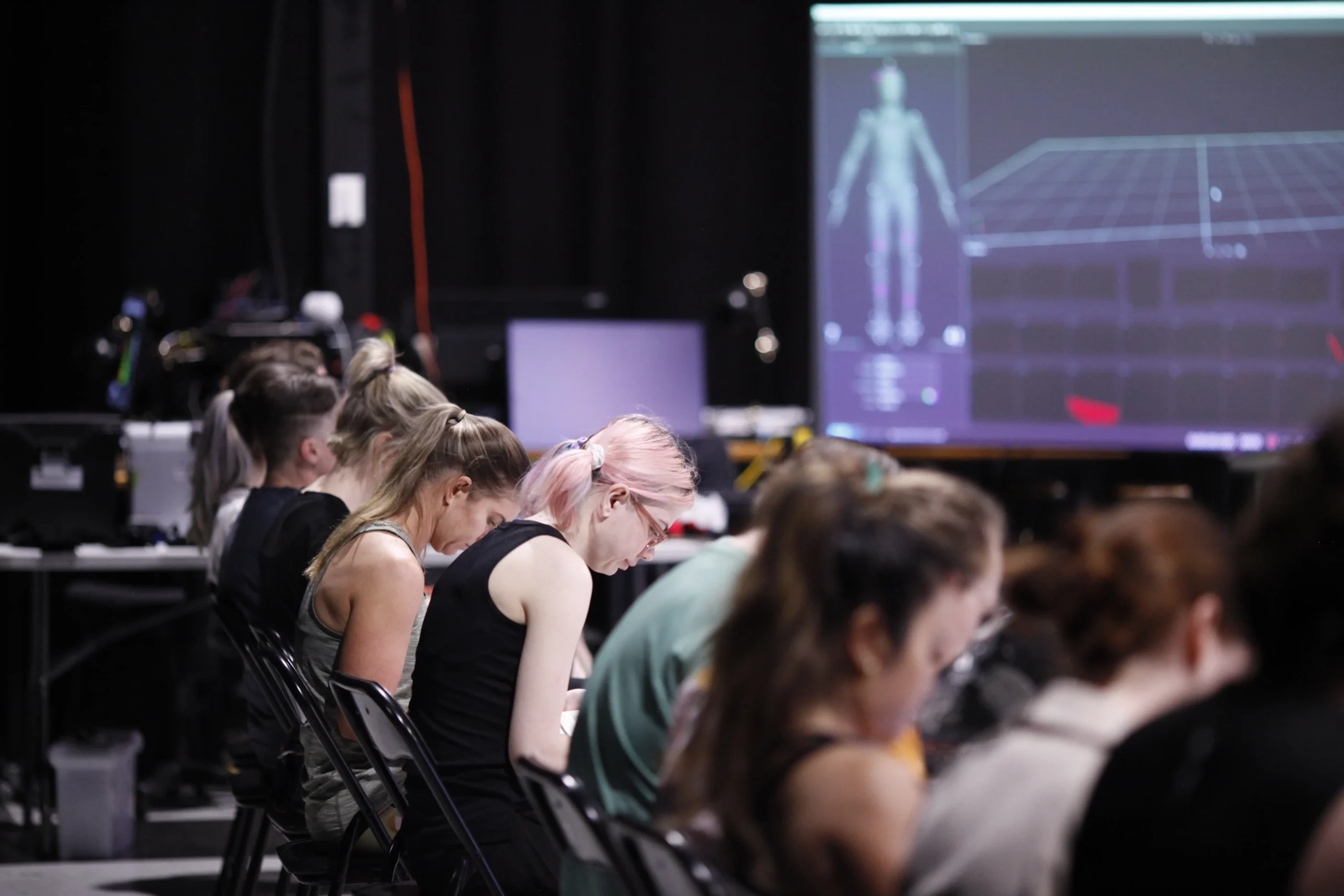
Resources
Come fall down a rabbit hole for information and links on dramatic combat, movement and motion capture.
We also provide resources for current Captivate students to explore.
Training in stage and screen combat, movement and motion capture.
Upcoming workshops
Jump in to our next training opportunities:
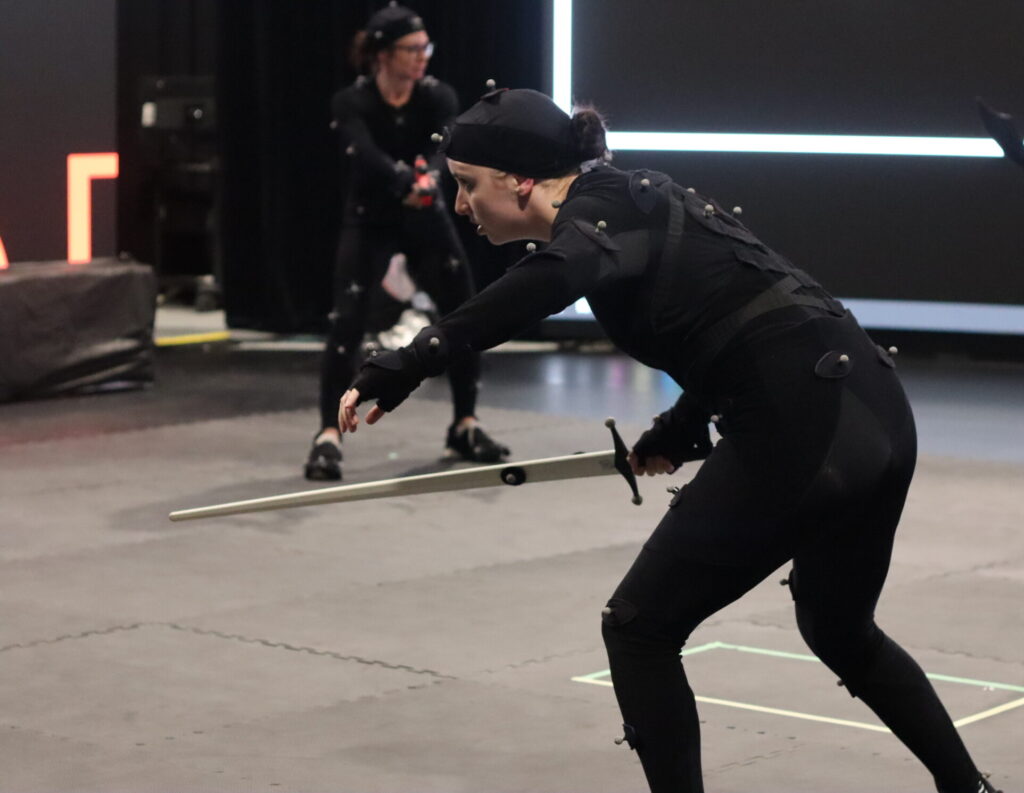
Melbourne Mocap Weekender
5th and 6th December 2025. MELBOURNE
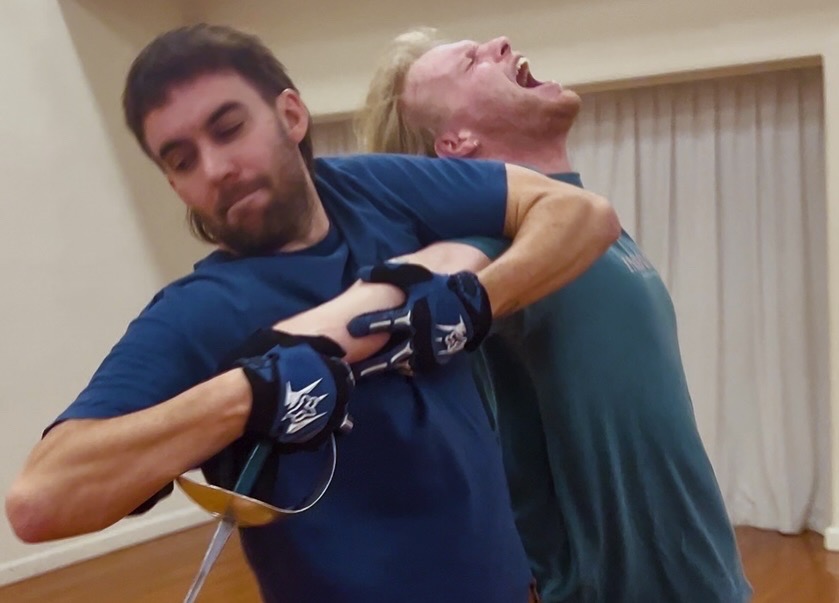
Fight the Good Fight Intensive
27th April to 1st May 2026. MELBOURNE
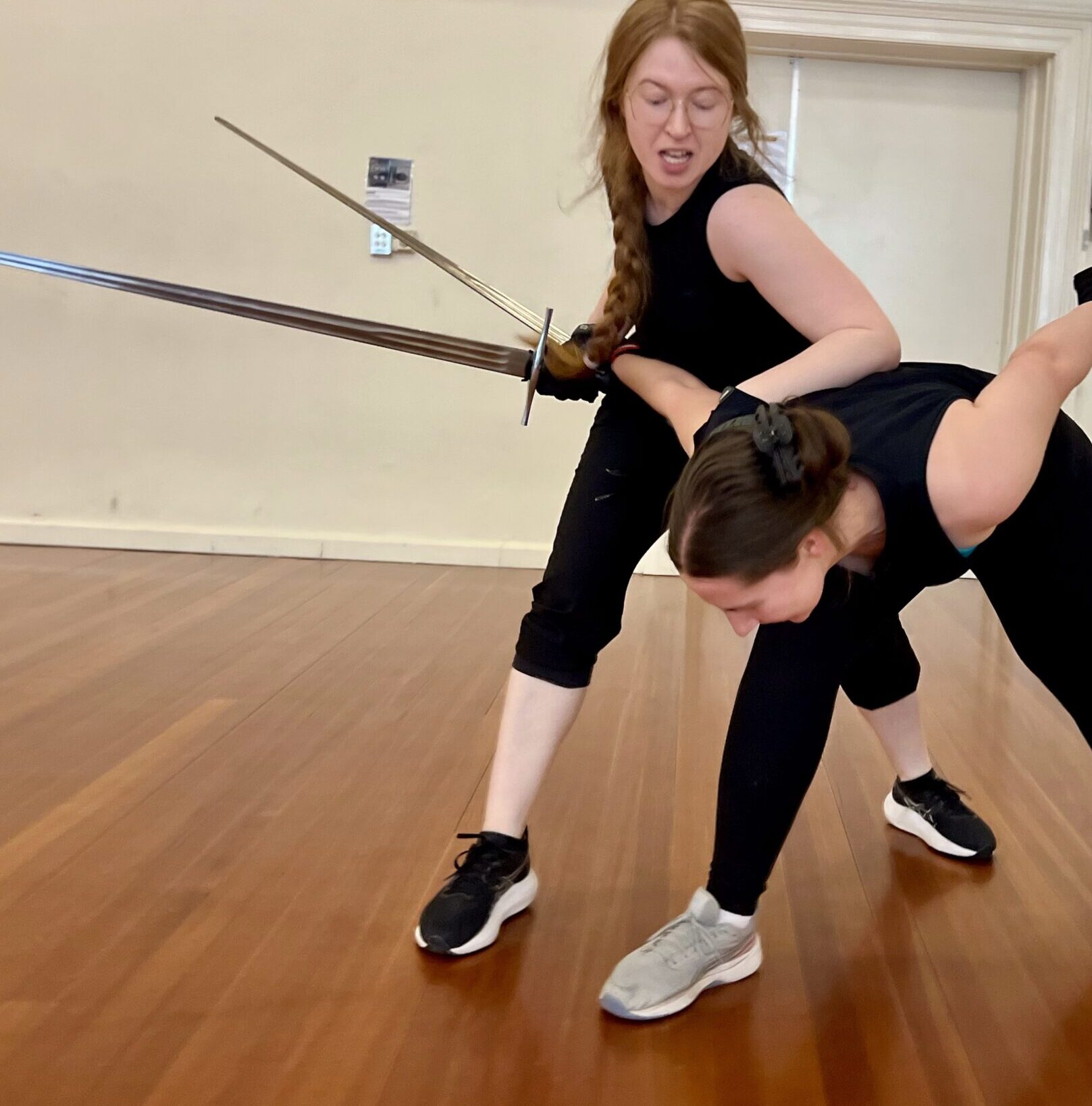
Stage Combat Drop-In Classes
From 27th November 2025. MELBOURNE
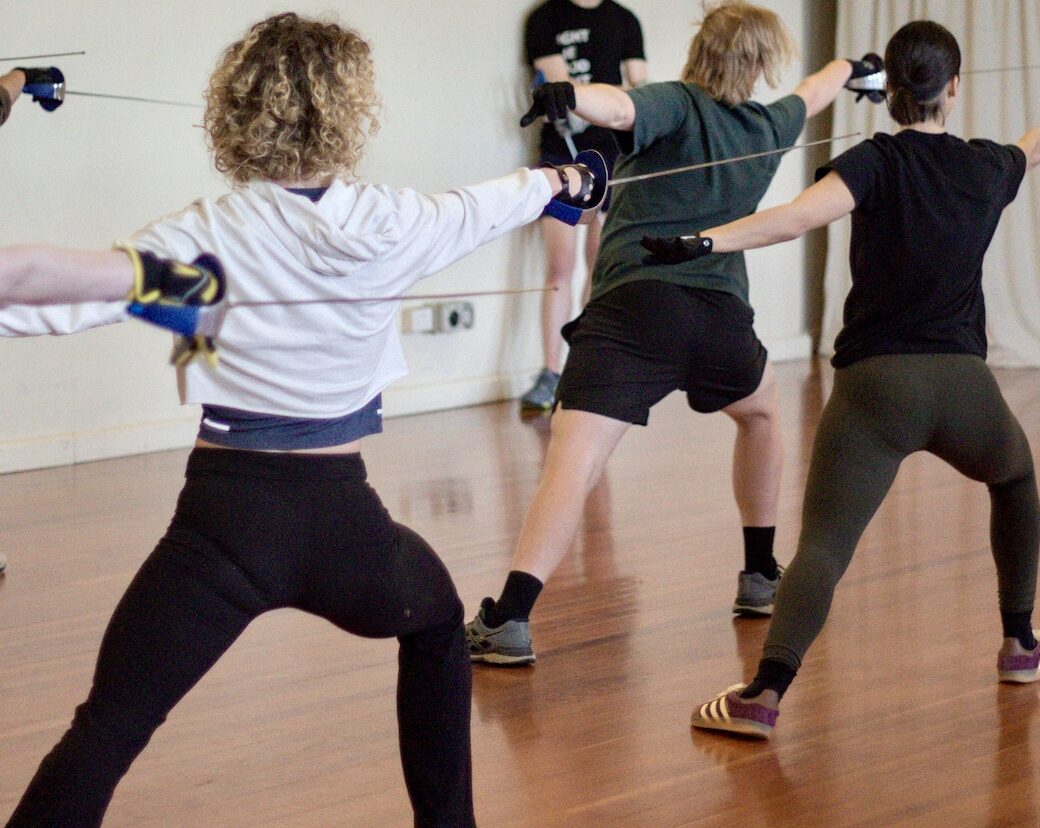
Stage Combat Certification Course
9th to 17th May 2026. MELBOURNE
For bespoke workshops or training in your institution, chat to us:
Recent projects and collaborators
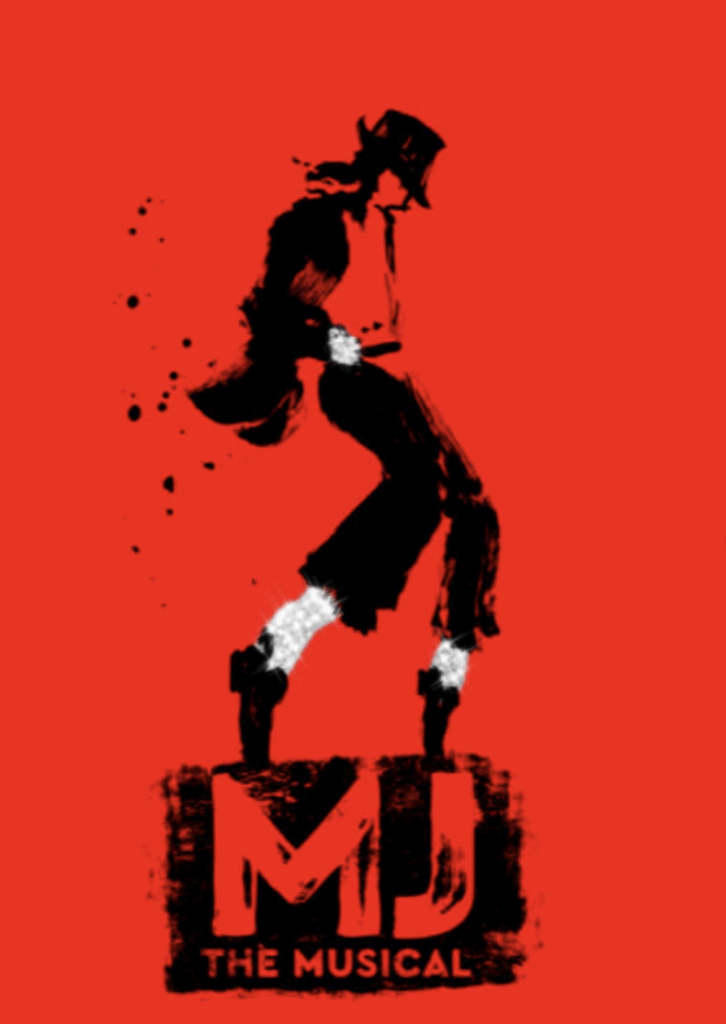
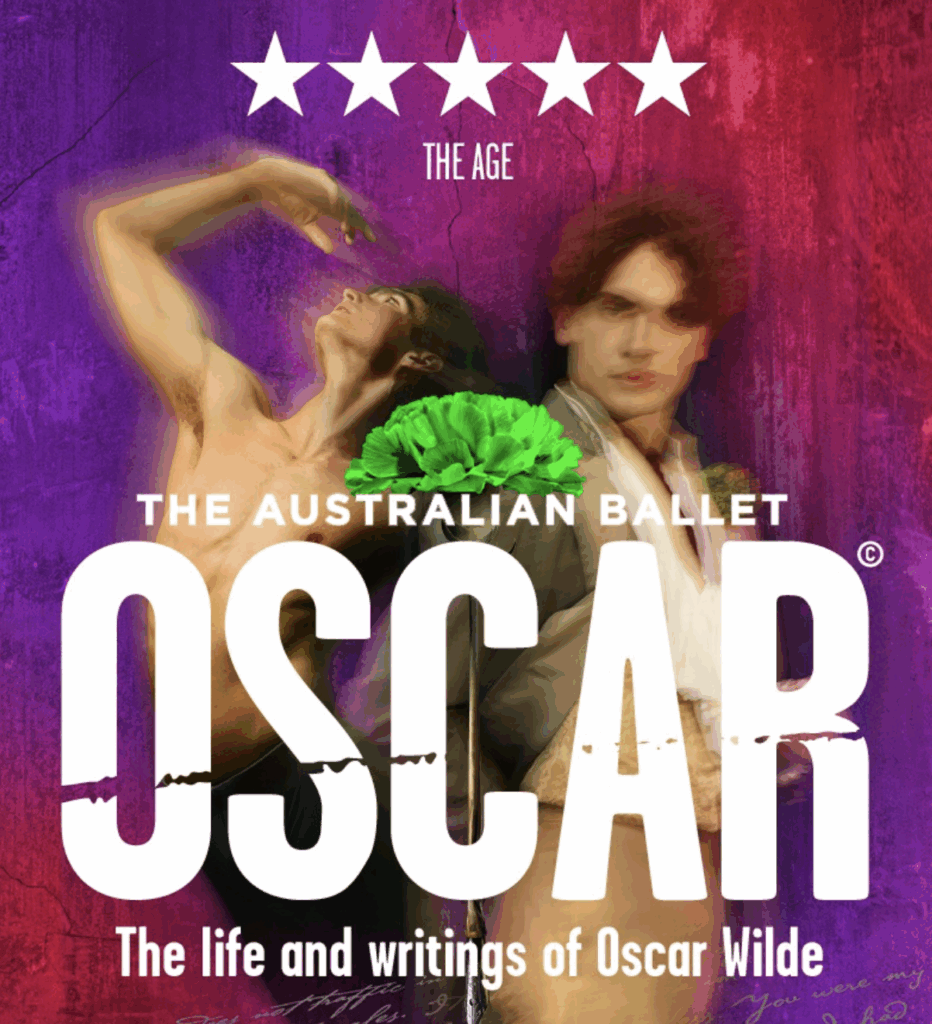
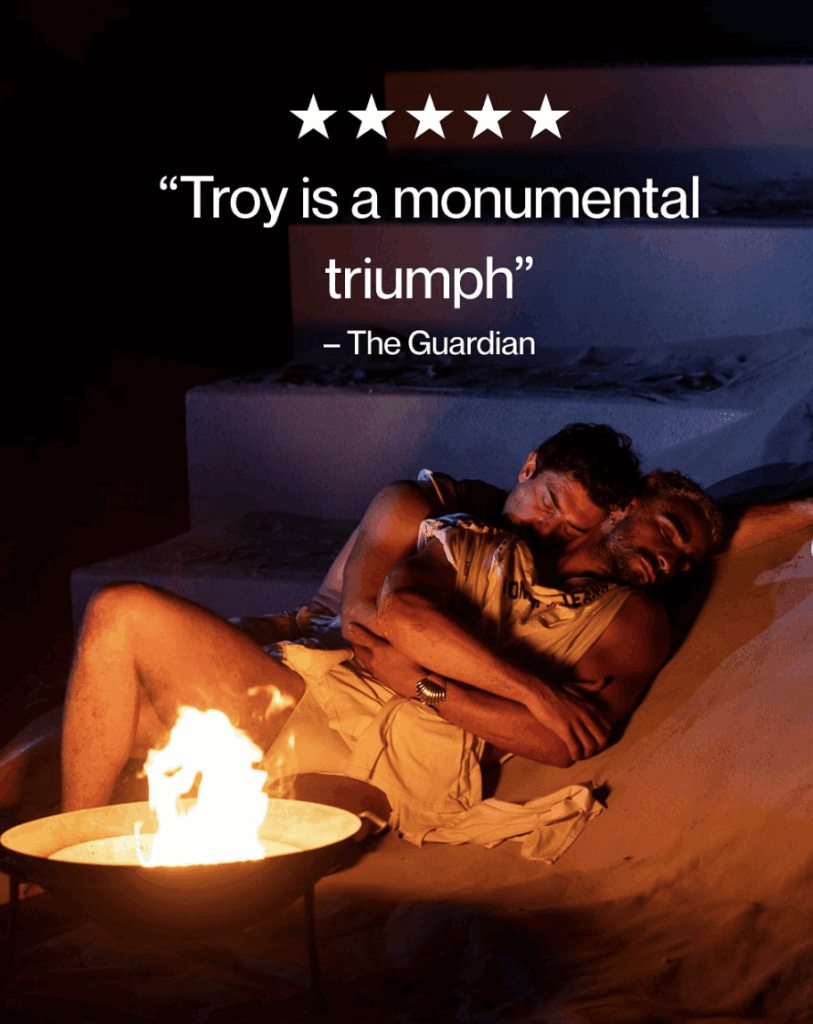
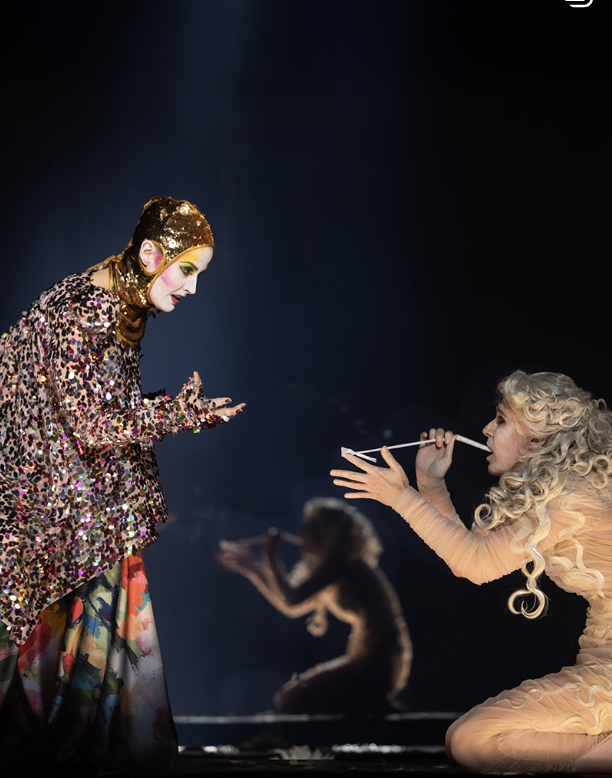

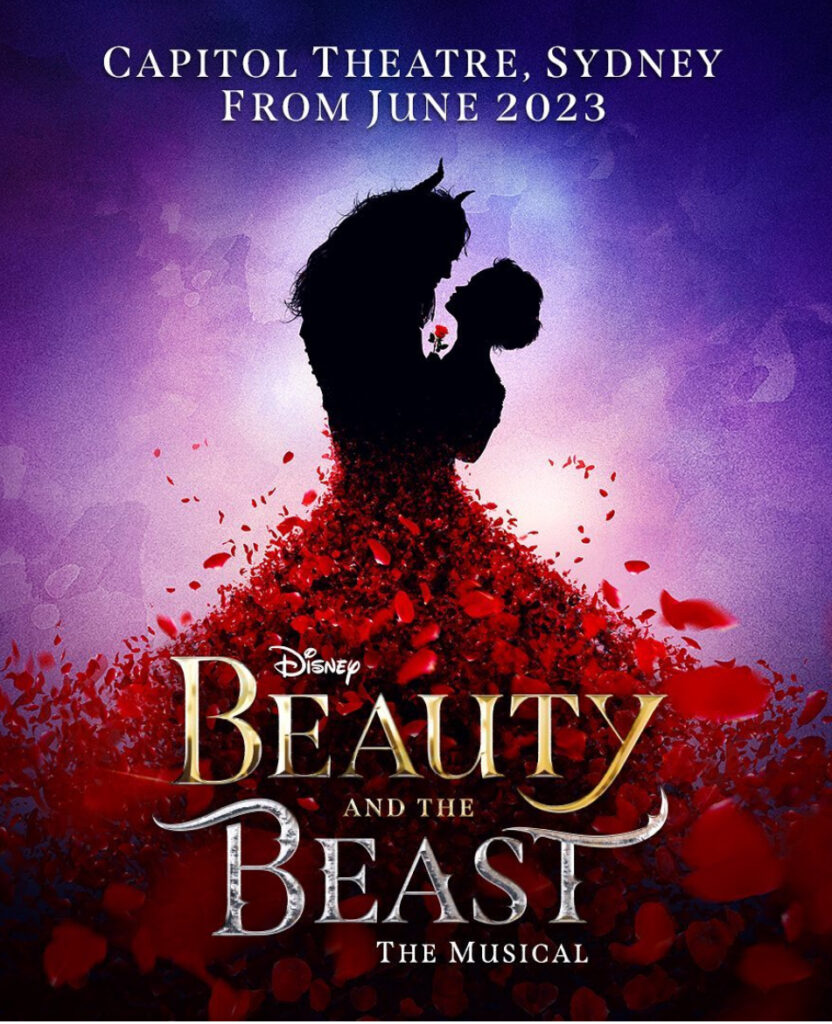
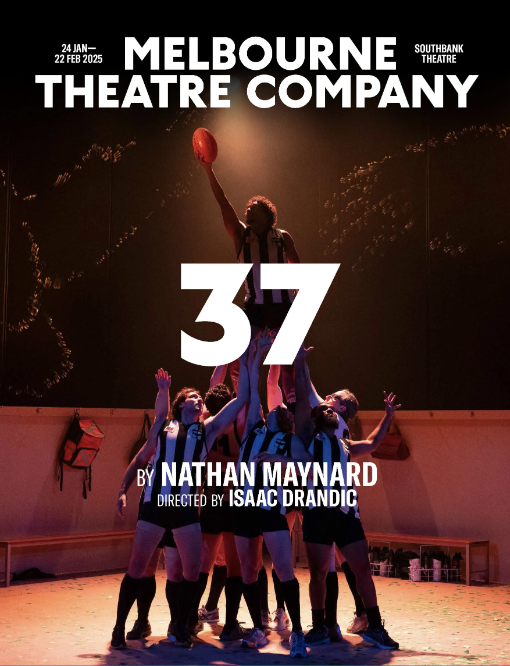
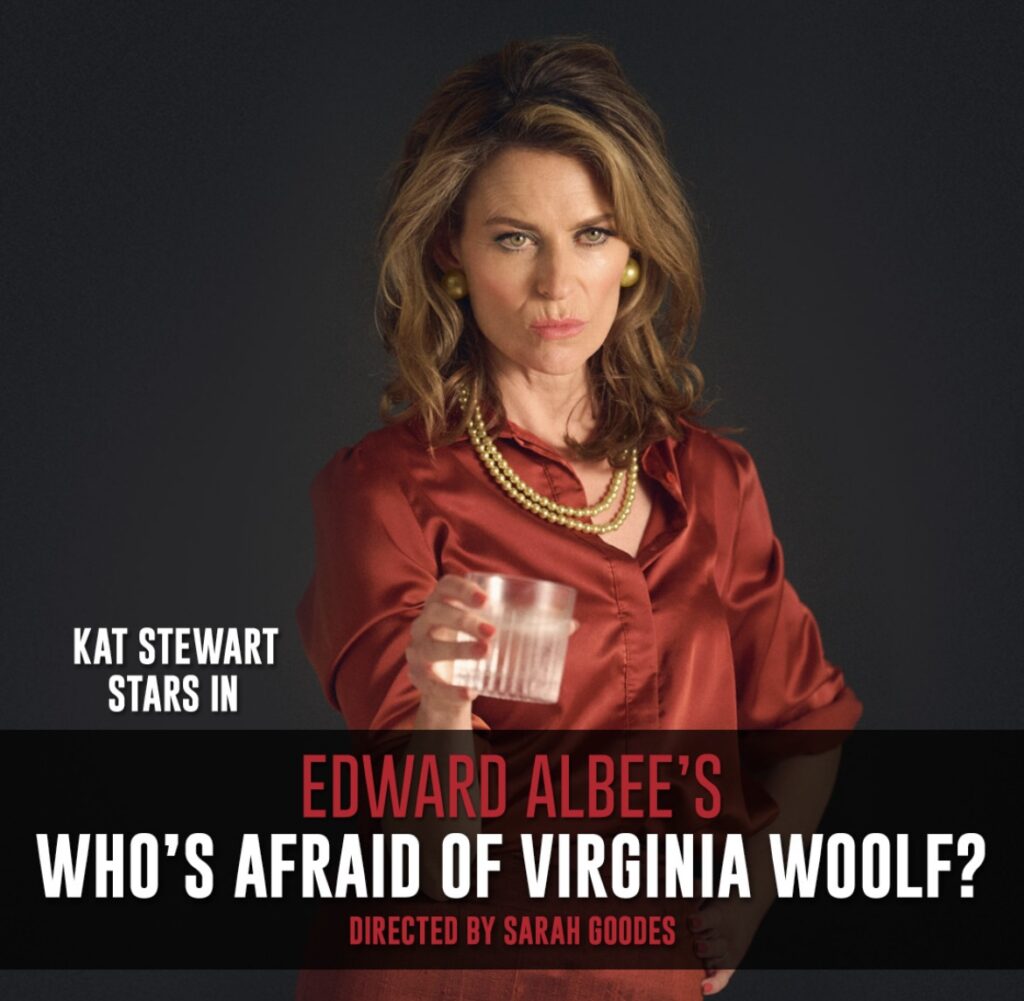
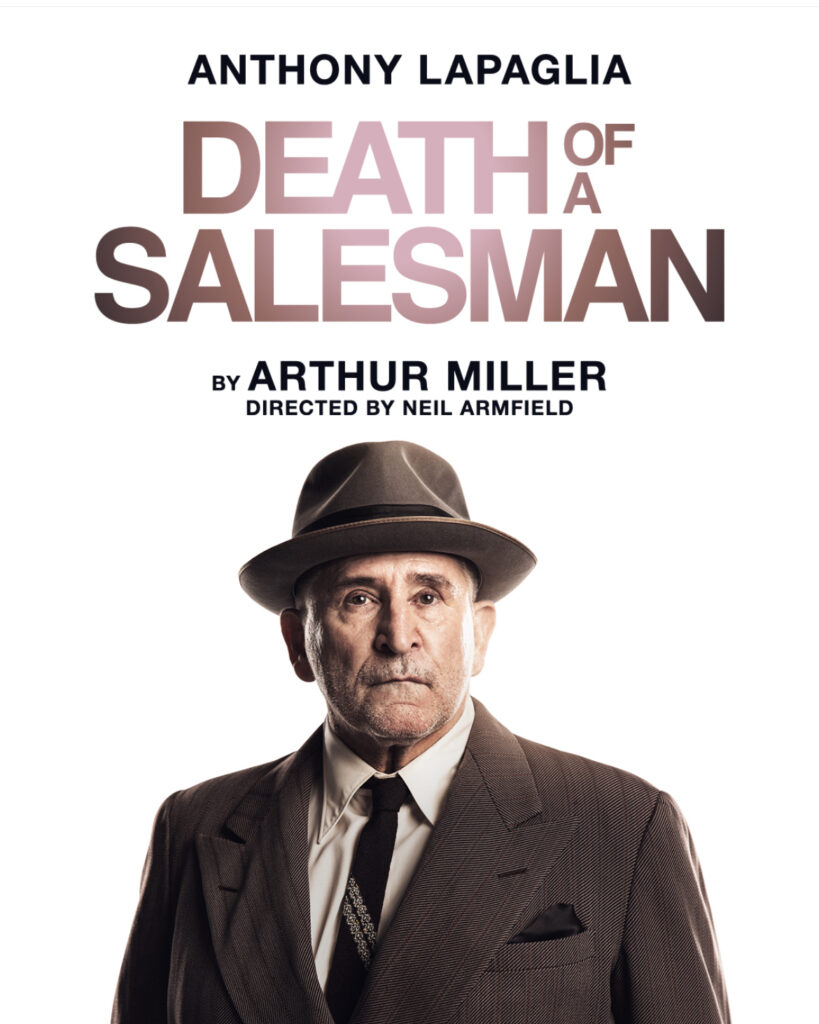
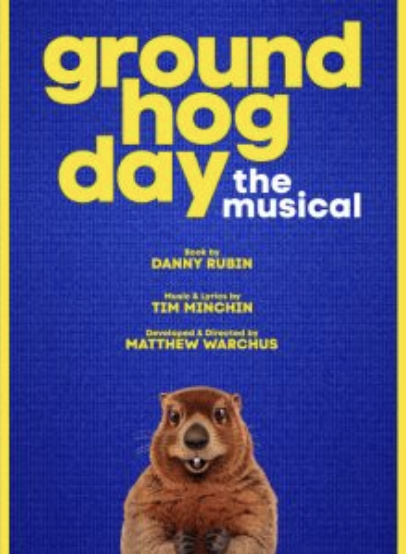
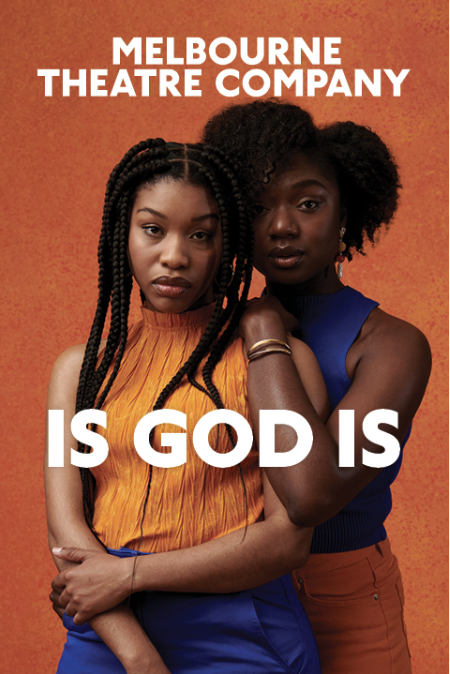
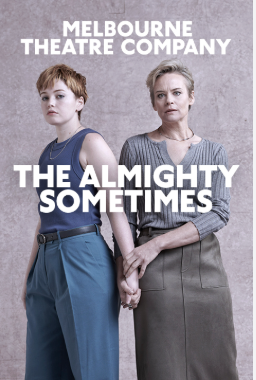
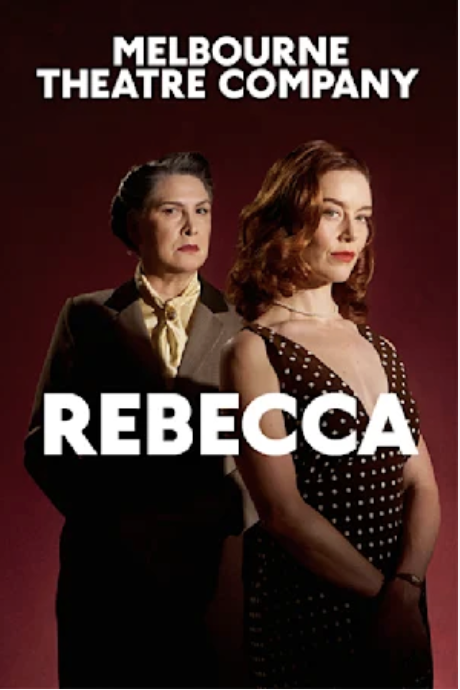
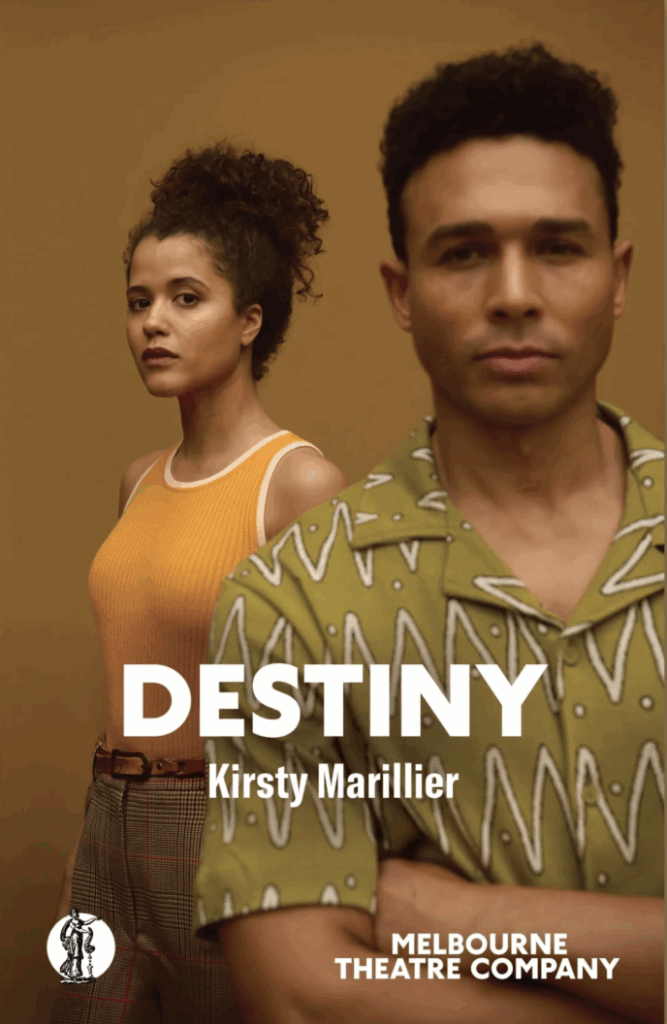
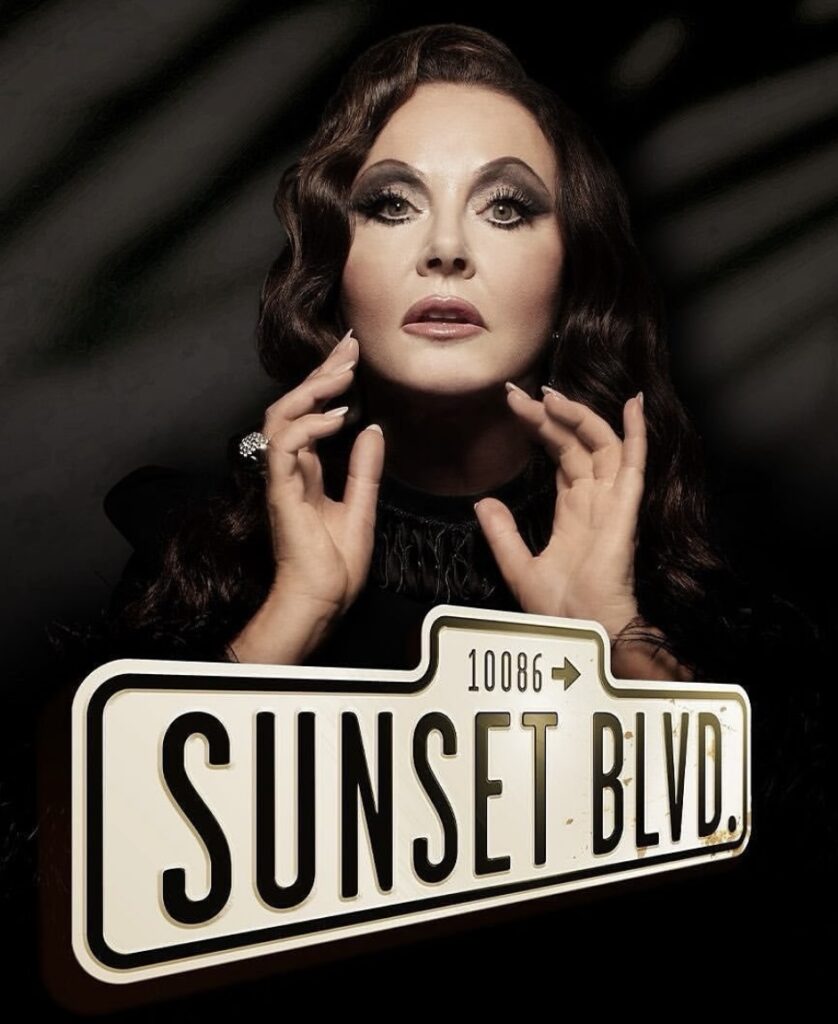
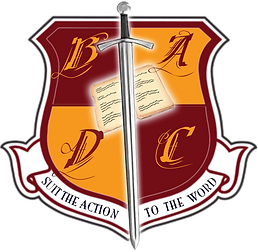
The British Academy of Dramatic Combat

The Society of Australian Fight Directors

Dreamscreen Australia

Tracklab Motion Capture
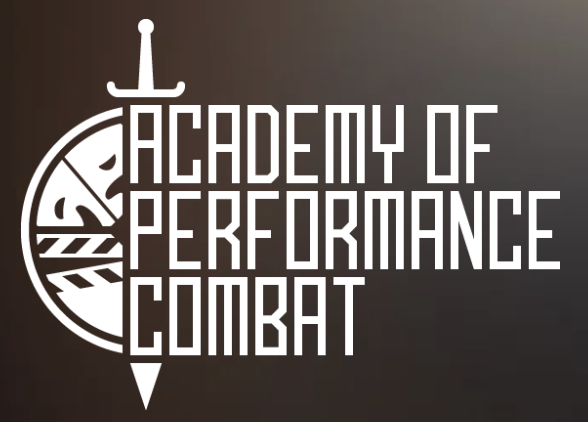
The Academy of Performance Combat
Frequently Asked Questions
If your question isn’t there just get in touch.
Do I really need a fight director or movement director?
If have been prompted to ask this question, the answer is probably ‘yes’.
Any physical action inherently carries the risk of harm. In many cases the actions we use in the performing arts carry a higher risk of harm than ‘everyday’ activities. Under work health and safety laws in Australia and the U.K., employers, employees and contractors need to do everything that is reasonable practicable to provide a safe workplace (this includes volunteer or unpaid workers). If a cast or crew member is at risk of harm by performing any action in your production, by definition this is not a safe workplace – which has significant legal (and moral) implications.
A fight director or movement director’s job is to find creative ways of mitigating physical risks while still maintaining artistic integrity.
In addition to this, a they will greatly enhance your production by creating work that is inventive, impactful and exciting. Setting up a safe structure for action allows performers freedom to commit fully to expression and story, because you can remove uncertainty and the fear of injury.
A fight director or movement director will have creative solutions to choreography, accurate knowledge of technical elements, information on weaponry, advice for safety supports and the ability to integrate all of this with the cast and creatives’ choices. They will dramatically cut the time needed to set a piece of action, and they will keep cast and crew feeling safe and supported – which has huge ramifications for how well your production works overall.
So if in doubt, just ask!
I’d love to use a fight director or movement director, but won’t they just be too expensive?
Usually not. Besides from helping you meet your legal health and safety obligations, fight and movement directors vastly decrease the amount of time it takes to choreograph movement or physical conflict, and increase the quality of work that is produced.
This frees rehearsal time for other scenes.
It also invests the cast and crew feeling safe and supported, which has a huge impact on how productively the company functions across a project.
It minimises the risk of injury, so there are reduced costs from lost time, medical appointments or even recasts.
It value-adds to your production, giving impactful PR opportunities and greater audience impact.
However we understand that in this industry even the best of intentions can’t stretch the budget out past a finite level. Luckily, there are always training fight directors and movement directors who can come on board for their own professional development – so you can chat together about a fair arrangement that values everyone.
Either way, do start up a conversation about you need.
How do I become a fight director?
A fight director is a highly-experienced practitioner who choreographs and directs moments of dramatic combat or physical risk, so that they are safe, effective and meet the creative needs of the project.
In doing this, a fight director integrates an in-depth knowledge of biomechanics, fighting styles, weapons, movement, dramaturgy, illusion, teaching practice, consent-based practice, historical research, safe practice, and production techniques for theatre, film and motion capture. One of their key roles is assuming a role of safety supervisor in all of the work they create, so that a production can meet its legal work health and safety obligations.
As such, it generally takes around 5-10 years to become a fight director or fight choreographer.
It is not usually sufficient to just have experience in martial arts or fencing to fulfil the role. A fight director needs to be knowledgable across a range of theatrical fighting styles and genres, and have a strong knowledge of how this is applied to tell a dramatic story in today’s performing arts industry. In most cases, dramatic combat has striking difference to real martial arts (pun intended).
A fight director for theatre needs to have trained in the performance of dramatic combat to an advanced or specialist level with a recognised national training association. This training covers technical and performance skills with a range or weapon systems and fighting styles, and in itself takes around 3-5 years. The practitioner then needs apply with one of these associations to train as a dramatic combat teacher and/or fight director. This usually involves at least 2-3 years of an apprenticeship or mentorship with an experienced practitioner. In most cases the training also involves assessment tasks such as essays, assessed workshops, journals and assignments. Usually the process of becoming a fight director begins after a practitioner has successfully become a teacher, and has further requirements that must be met (taking a further few years).
It is highly recommended that a fight director has a thorough knowledge of performance techniques, and in most cases fight directors are performers themselves.
To work as a fight choreographer in film and television, in many countries it is common to enter this through a stunt certification processes.
Working as a fight director is exciting and joyful work, and brings immense satisfaction. However it does also carry a large weight of responsibility. It is a role where you thrive on sense of integrity for the greater good of a performer, project and wider industry. We heartily encourage you to dive into training – just prepare yourself for the level of commitment it takes.
How do I get work in performance capture / motion capture?
This depends somewhat on the country in which you wish to work. In Australia most mocap roles are cast through standard casting routes. This also happens in the U.K. and U.S., however in these countries there are also large mocap studios who have a regular list of performers they use. Some regions also have specialist mocap actor agencies.
The best thing to do is research the area you want to work in – find out who is creating the work you would like to do, and then how they cast their performers.
Getting mocap training and having showreel footage is a huge help when promoting your skills to a project. It is also useful to keep up any of your specialist physical skills, and training in as many movement forms as you have capacity to do so.
Do I really need to get stage combat or movement training? Won’t I just get trained on the job?
Yes and no. Mostly no. In some cases a production will have time and resources to arrange additional movement or fight training for performers. However, mostly not.
Part of fight director or movement director’s skill is to create the best possible work they can with whoever is cast in the role. Yes, if someone is inexperienced, they will still create an effective scene and give you the knowledge to perform this safely over the course of the project. However if an actor has no prior training in stage combat, the creative choices we can make are far more limited than with experienced performers. Also choreographing and rehearsing a fight with inexperienced performers takes much longer than with those with proficient skills, so you can achieve much less in the time you have available.
A good comparison is asking a complete beginner pianist to play Für Elise. They can be coached to perform an adapted, simple-but-recognisable version of the music. However it will take them much longer to learn, and the more satisfying version with more depth, nuance and expression will be beyond them – so the audience will be less impacted.
There is a lot of cerebral and physical information to take on board in a relatively short space of time for fight and movement performance. Many actors find this stressful. Having prior training greatly reduces this stress, and vastly cuts the amount of time it takes to create and rehearse the scenes – opening up time for other rehearsal.
Finally, the more training you have, the safer you and your scene partners are.
Having dramatic combat and movement training allows you to effectively do your job, tell the story you want to tell, and enjoy your work throughout the whole production. Aside from that, there is immense professional satisfaction in knowing you’ve created something exciting and fully immersive to perform.
There is always training going on – get on it!
Will stage combat training or motion capture training get me more work?
It would be lovely to give you a “guaranteed yes”, however unfortunately casting doesn’t quite always work that way.
However we can say that you are more likely to get seen for roles that require these specific skills, and then with your training you are more likely to a good job in the audition, therefore more likely to book the job.
We definitely can say that once on the job, you will be able to deliver much higher quality work – so not only will you be able to contribute more to the project overall, you are also far more likely to get repeat work.
We also can definitely say that being in regular training is the only way to ensure that you are ‘ready’ when the right opportunity comes along. It keeps you practiced, it keeps you connected, and you constantly expand your toolbox of process. Performance is like a muscle that works best when it is constantly in use, always developed, regularly flexed. Understandably, often in this industry it can feel like you are training into a void. However what feels worse is seeing a job flick past you that you could have applied for, had you only been ‘match-fit’.
Remember that no training is ever wasted. Something you learn in a singing class may be the key to unlocking heightened text. Imaginative work for motion capture can be what propels you through your next theatre audition.
When you train you also network with an expanding circle of working professionals, and the more you do this the more likely a connection will form between you and your next job.
But finally – hopefully we are in this industry because we love it, and there is a lot to be said for doing training because it’s fulfilling who we are as creative artists.